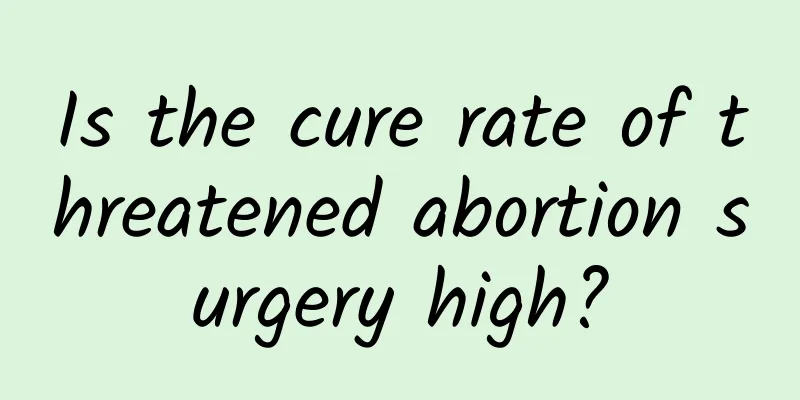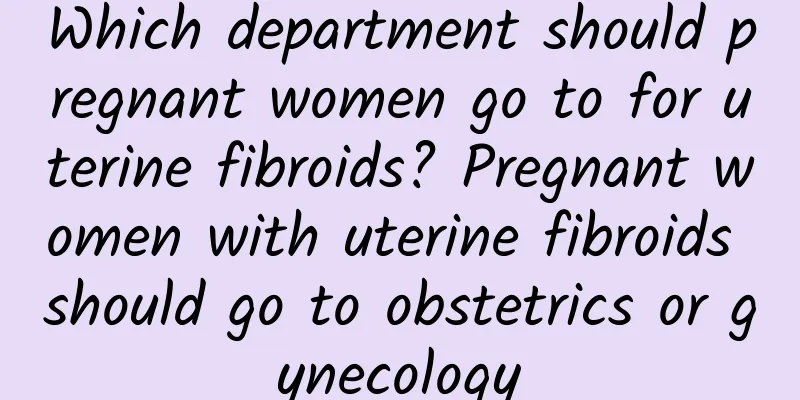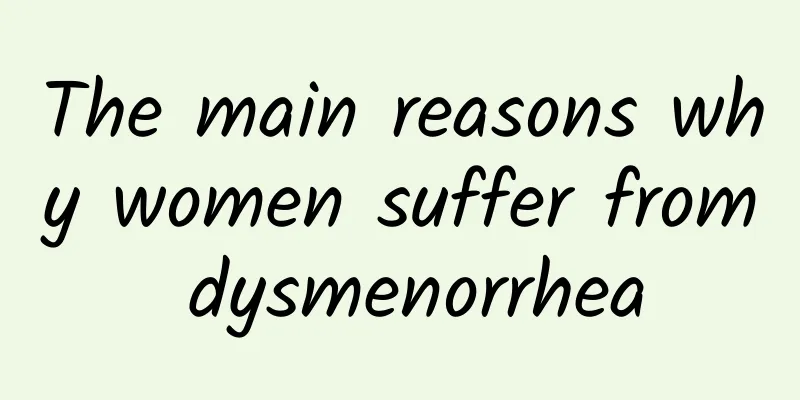Will the embryo be expelled by itself in conservative treatment of ectopic pregnancy?

|
After conservative treatment of ectopic pregnancy, the embryo may be expelled naturally, but not in all cases. The specific situation needs to be judged comprehensively based on the patient's personal constitution, the location of the embryo and the effect of treatment. If it cannot be expelled by itself or causes complications, other interventions such as drugs or surgery may be needed to complete the treatment. 1. Conservative treatment mechanism of ectopic pregnancy Ovarian ectopic pregnancy is a type of ectopic pregnancy. When the embryo implants abnormally in the ovarian area, conservative treatment usually refers to the use of drugs (such as methotrexate, MTX) to inhibit the growth of the embryo. After the drug takes effect, the embryonic tissue is gradually absorbed or shed, and there is a certain chance of being naturally expelled from the body. This treatment is suitable for patients with mild symptoms, embryos that have not yet ruptured, and low hCG levels. However, for cases where the embryo develops faster and the course of the disease is more complicated, the self-excretion effect may not be achieved and further intervention is required. 2. The possibility and risk of the embryo not being expelled naturally If the embryo cannot be expelled, it may be because the drug fails to completely suppress the pregnancy tissue or because of the special location of the embryo implantation. At this time, the residual embryonic tissue may cause serious complications such as chronic bleeding, infection or rupture and massive bleeding. During the conservative treatment stage, patients need to closely monitor the dynamic changes of hCG and ultrasound examination results to determine whether the embryonic tissue is completely expelled or absorbed. Once incomplete expulsion or abnormal related symptoms are found, the treatment plan should be adjusted in time. 3. Supplementary treatment methods and suggestions If the embryo fails to be expelled naturally, there are three treatment options: -Drug supplementation therapy: If a single dose of methotrexate does not achieve the desired effect, the doctor may give an additional round of medication or adjust the dosage to strengthen the effect again. -Minimally invasive surgical removal: Laparoscopic surgery is the main minimally invasive method for dealing with residual embryonic tissue, especially for patients who are ineffective with drug treatment, have complex embryo location or have bleeding. - Laparotomy: If severe intra-abdominal bleeding or a high risk of rupture occurs, emergency laparotomy may be required to remove the lesion and stop the bleeding. Postoperative care should focus on infection prevention and physical recovery. 4. Auxiliary methods to promote self-excretion Under the premise of monitoring safety, the treatment can be assisted by adjusting diet and lifestyle habits appropriately, such as taking vitamin-rich foods to enhance immunity and avoiding strenuous activities to reduce the risk of bleeding when the embryo is shedding. However, this is only done with the doctor's consent. During the conservative treatment of ectopic pregnancy, there is a possibility of spontaneous expulsion, but it is not 100%. During the treatment, you need to closely follow the doctor's professional advice, review hCG and imaging results on time, and the doctor will determine whether intervention is needed in the follow-up course of treatment. |
<<: What are the symptoms of pelvic peritonitis in women
>>: Is painless abortion harmful to the body?
Recommend
Does female cervical erosion affect conception? Common knowledge about female cervical erosion
Cervical erosion is actually a gynecological dise...
How to treat fetal arrest after pregnancy with adenomyosis?
How to treat fetal growth retardation after pregn...
At what age do uterine fibroids usually occur? At what age do uterine fibroids usually occur?
At what age do uterine fibroids commonly occur? T...
How to care for cervical warts in daily life
In order to completely cure cervical warts, profe...
Can Sihuang Powder be applied externally to treat pelvic inflammatory disease? Yes, it can be used
The method of external application of Sihuang Pow...
What knowledge about dysmenorrhea care should women know?
Dysmenorrhea often occurs in women, and many wome...
Painful urination Abnormal vaginal discharge
The stinging sensation during urination accompani...
Ovarian cyst examination for everyone to introduce
As the incidence of ovarian cysts increases, peop...
What are the symptoms of irregular menstruation?
Menstrual irregularity refers to abnormalities in...
How much does it cost to induce abortion in Shenzhen
How much does it cost to induce abortion in Shenz...
Patients with cervical hypertrophy need to pay attention to adjusting their diet
In our lives, most women have experienced cervica...
Taking too many birth control pills can also cause uterine fibroids
Contraceptive pills are one of the contraceptive ...
A brief discussion on the manifestations of female menopausal syndrome
Menopause is a physiological phenomenon. Menopaus...
How to treat female adnexitis?
Adnexitis is a common disease caused by pathogeni...
How to prevent menopausal functional uterine bleeding?
Traditional Chinese medicine believes that women&...









